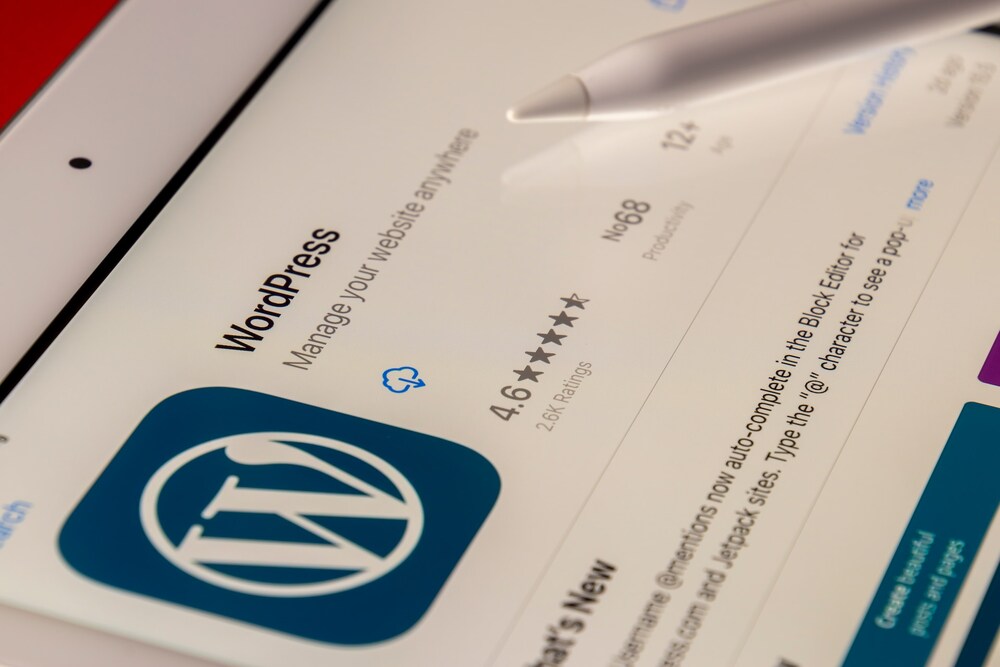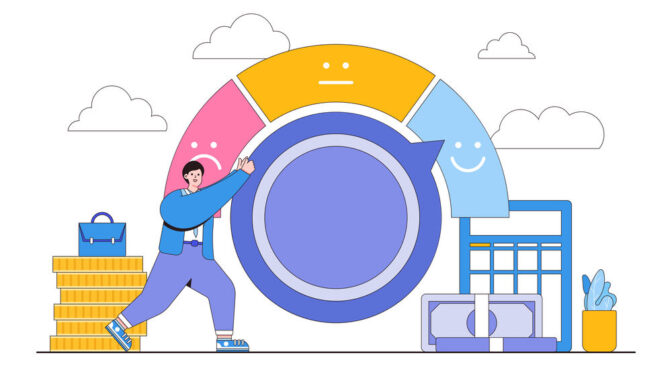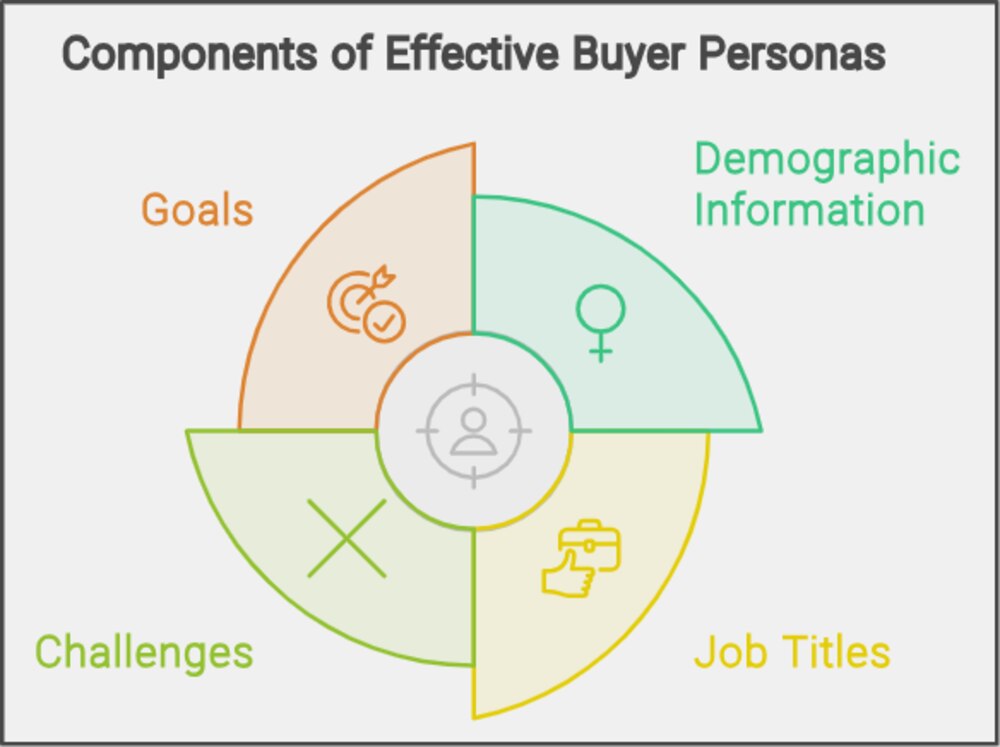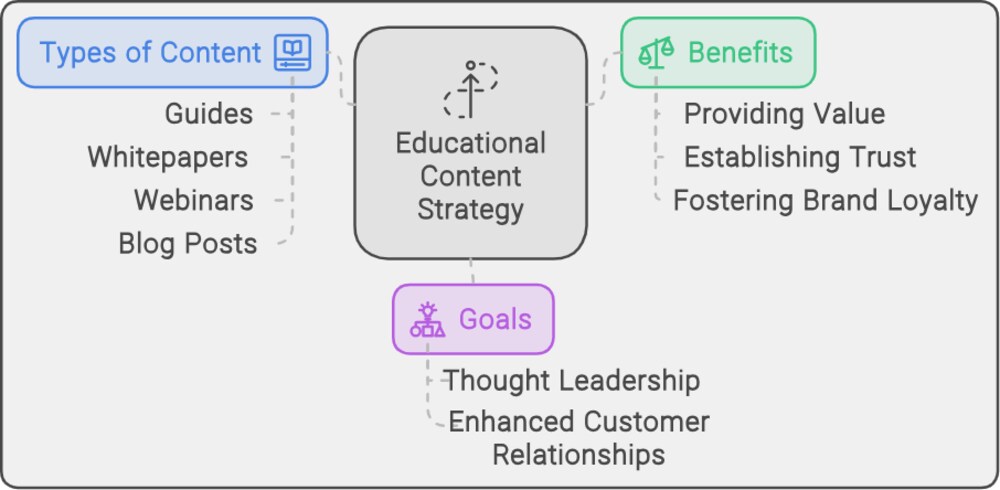SaaS marketing is one of the most powerful tools available to businesses in 2023. With a focus on driving customer acquisition and engagement, SaaS marketing offers a wide range of opportunities for companies looking to increase their sales and revenue.
In this guide, we’ll take a look at the basics of SaaS marketing, as well as some of the latest trends and strategies that can be used in order to make sure your company gets maximum visibility online. We’ll also discuss valuable resources that can help you ensure success with SaaS marketing campaigns. So let’s get started!
What Is SaaS Marketing and Why Is It Important in 2023
SaaS marketing, or software as a service marketing, is the practice of promoting and selling cloud-based software subscriptions through a variety of digital marketing channels. This form of marketing has become increasingly important in 2023 due to the significant rise in demand for cloud-based software as businesses look to modernize their operations and take advantage of digital transformation.
One key reason why SaaS marketing is so important in 2023 is the global shift towards remote working. With more and more employees working from home, businesses are embracing cloud-based software solutions that can be accessed from anywhere, at any time.
This has created a huge opportunity for SaaS companies to capture new customers who are seeking digital solutions to improve their productivity and efficiency. Another important factor driving the growth of SaaS marketing in 2023 is the explosion of data.
Business data has become increasingly important in recent years, and companies are relying on software solutions to help them manage, analyze, and make sense of the vast amounts of data they generate every day. SaaS companies that can provide powerful, user-friendly software solutions that help businesses harness the power of data are well-positioned to capitalize on this trend.
Furthermore, the rise of artificial intelligence (AI) and machine learning (ML) is also driving the growth of SaaS marketing in 2023. Many businesses are looking for software solutions that can automate repetitive tasks and provide predictive analytics to help them make data-driven decisions.
SaaS companies that can provide powerful AI and ML solutions are likely to see significant growth in the coming years. SaaS marketing is a crucial aspect of any business looking to succeed in 2023. With the rise of remote working, the explosion of data, and the growth of AI and ML, SaaS companies that can provide innovative, user-friendly solutions are well-positioned to capture new customers and drive growth.
By understanding the latest trends and strategies, businesses can effectively leverage SaaS marketing to maximize their online visibility and stay ahead of the competition.
Setting Up Effective SaaS Marketing Campaigns
Setting up an effective SaaS marketing campaign is crucial to drive customer acquisition and engagement. The first step is to identify the target audience and create buyer personas that represent their needs, preferences, and pain points.
This will help businesses create targeted campaigns that resonate with their potential customers. The next step is to create a robust marketing strategy that includes a mix of digital marketing channels such as social media, email marketing, content marketing, search engine optimization (SEO), and paid advertising.
Each channel has its unique advantages and must be used strategically to create a cohesive marketing plan. For example, social media is great for building brand awareness and engaging with customers, while email marketing is ideal for nurturing leads and driving conversions.
In addition, businesses should leverage automation tools to streamline their marketing efforts, save time, and improve efficiency. Automation can be used to schedule social media posts, send personalized emails, and create targeted advertising campaigns.
This not only reduces the workload but also ensures consistency across all marketing channels. Another key factor in setting up effective SaaS marketing campaigns is to focus on creating value-based content that educates and informs potential customers.
Content should be tailored to the needs of the target audience and must provide solutions to their pain points. This not only positions the business as an industry leader but also builds trust with potential customers.
Finally, businesses must monitor and measure the success of their SaaS marketing campaigns using key performance indicators (KPIs) such as website traffic, lead generation, conversion rates, and customer retention.
This data can be used to optimize future campaigns to improve ROI and achieve better results. Setting up an effective SaaS marketing campaign requires careful planning, targeting, and execution.
By leveraging digital marketing channels, automation tools, and valuable content, businesses can increase their online visibility and reach out to their target audience. With proper monitoring and optimization, SaaS marketing campaigns can drive customer acquisition, engagement, and revenue growth in 2023 and beyond.

Strategies for Driving Sales Leads with SaaS Marketing
Effective SaaS marketing campaigns not only focus on building brand awareness and engagement but also generate sales leads that can be converted into paying customers. Businesses must develop strategies that drive sales leads while keeping in mind the unique needs and preferences of their target audience.
Create targeted landing pages
One effective strategy for driving sales leads with SaaS marketing is to create targeted landing pages that engage potential customers and encourage them to take action. Landing pages should be tailored to the specific needs and pain points of the target audience, and offer clear value propositions and calls to action.
For example, businesses can offer free trials, demos, or consultations to entice potential customers to sign up and learn more about their products and services.
Leverage email marketing
Another effective strategy is to leverage email marketing to nurture leads and move them through the sales funnel. Businesses can use automation tools to send personalized emails to potential customers based on their behavior and interests.
These emails can provide valuable content such as case studies, whitepapers, and success stories that showcase the benefits and results of using the business’s products and services.
Utilize social media Channels
Businesses can also drive sales leads by utilizing social media channels such as LinkedIn, Twitter, and Facebook. Social media allows businesses to engage with potential customers and build relationships by sharing valuable content, responding to questions and comments, and participating in industry discussions.
Social media can also be used to promote special offers, discounts, and promotions that encourage potential customers to take action and sign up for the business’s products and services.

Leverage content marketing
Businesses can leverage content marketing to drive sales leads by creating in-depth, value-based content that educates and informs potential customers. Content can take various forms such as blog posts, ebooks, webinars, and podcasts. By providing valuable insights and solutions to their pain points, businesses can position themselves as industry leaders and build trust with potential customers.
Measure Results
Finally, businesses must measure and analyze the success of their sales lead generation strategies using key performance indicators such as conversion rates, cost per acquisition, and lifetime value of customers. This data can be used to optimize and refine future campaigns to drive even greater sales leads and revenue growth.
Driving sales leads with SaaS marketing requires a holistic approach that leverages various strategies and tools. By creating targeted landing pages, nurturing leads with email marketing, using social media channels, and providing value-based content, businesses can effectively generate sales leads and convert them into paying customers.
Creating Engaging Content to Maximize Visibility: The Key to SaaS Marketing Success
One essential component of effective SaaS marketing is engaging content that maximizes visibility and sets businesses apart from their competition. In 2023, businesses must develop content strategies that resonate with their target audience and provide unique value propositions that inspire action.
By understanding the latest trends and strategies in content marketing, businesses can develop impactful content that drives brand awareness, engagement, and revenue growth.
Understanding the Latest Trends in Content Marketing
Creating engaging content in 2023 requires a deep understanding of the latest trends in content marketing. First, businesses must focus on providing value-based content that educates and informs potential customers about their products and services.
Content should help potential customers solve a problem, answer a question, or learn something new about the industry. Moreover, businesses must tailor their content to their target audience’s preferences and interests.
For example, businesses can utilize interactive content such as quizzes, surveys, and assessments to increase engagement and gather valuable feedback. Additionally, businesses can leverage video content, including explainer videos, product demos, webinars, and live streams, to showcase their products and services in action.
Another trend to consider is user-generated content, which involves customers generating content for businesses, such as reviews, testimonials, and social media posts. User-generated content not only increases engagement with potential customers but also creates a sense of authenticity and trust. It highlights customer satisfaction and can lead to additional sales leads.

Developing Effective Content for Maximum Visibility
To maximize visibility, businesses must develop effective content that aligns with their SaaS marketing goals. First, businesses must conduct thorough research to identify their target audience’s pain points, preferences, and interests.
By doing so, businesses can create highly relevant and engaging content that resonates with potential customers. Next, businesses must focus on creating attention-grabbing headlines that accurately encapsulate the content’s message.
Headlines are the first thing potential customers see, and they can make or break the content’s success. By crafting headlines that are highly relevant to the target audience’s pain points and interests, businesses can increase the chances of engaging and attracting potential customers.
Additionally, businesses must focus on creating in-depth and well-researched content that provides unique value propositions to potential customers. This means going beyond what competitors offer and delivering content tailored to the specific needs of potential customers. By doing so, businesses can create a competitive advantage and position themselves as industry leaders.

Resources to Help Ensure Success with SaaS Marketing
SaaS marketing is a highly competitive industry, with businesses constantly searching for ways to gain a competitive edge in their digital marketing campaigns. To reach their target audience effectively, businesses must consistently create engaging content that resonates with their clients.
This requires utilizing resources that can help streamline and automate the content creation and distribution process. One of the most valuable resources for SaaS marketers is a comprehensive marketing automation tool.
A marketing automation tool, such as Marketo, provides a suite of tools that can help with lead scoring, campaign management, email marketing, and social media management. These tools can help businesses streamline their marketing processes, reducing the amount of time and resources required to create and manage marketing campaigns.
Another valuable resource for SaaS marketers is marketing research tools. These tools enable businesses to conduct market research, analyze competitors, and identify new market opportunities. By understanding the market and the competition, businesses can create highly targeted marketing campaigns that resonate with potential customers.
Moreover, businesses can utilize website analytics platforms to help monitor and analyze website traffic, conversions, and user behavior. This enables businesses to identify areas of improvement and optimize their websites to increase user engagement and lead generation. Popular website analytics platforms include Google Analytics and Adobe Analytics.
In addition to the above resources, businesses can also leverage content creation tools to help streamline content creation and distribution. For example, tools such as Canva and Piktochart can help businesses create high-quality visual content, while Hootsuite and Buffer can help with social media scheduling and management.

Finally, businesses can also utilize freelance writing services to help create high-quality content for their digital marketing campaigns. Hiring freelance writers not only saves time but also ensures that businesses have access to a wide range of writing styles and expertise.
In conclusion, resources such as marketing automation tools, marketing research tools, website analytics platforms, content creation tools, and freelance writing services can help ensure success in SaaS marketing. By utilizing these resources effectively, businesses can create highly targeted marketing campaigns that resonate with potential customers and drive revenue growth.
Wrapping Up – The Future of SaaS Marketing in 2023
As we head towards 2023, the future of SaaS marketing looks bright. With the increasing adoption of cloud-based technologies, businesses are rapidly moving towards SaaS applications, making SaaS marketing one of the most sought-after digital marketing strategies.
Advancements in artificial intelligence (AI) and machine learning (ML) have revolutionized SaaS marketing in recent years, with businesses adopting these technologies to create advanced marketing campaigns that can better identify and target potential customers.
Additionally, the increasing use of chatbots in customer service has enhanced customer experiences by providing instant and personalized responses to queries, thus boosting engagement and sales. One of the key trends in SaaS marketing that businesses are likely to experience in 2023 is a shift toward account-based marketing (ABM).
ABM helps businesses identify and target high-value customers with personalized marketing campaigns that cater to their unique needs and characteristics. This strategy has a high conversion rate and also fosters long-term customer relationships, resulting in better customer retention rates and increased revenue.
Moreover, in 2023, businesses are expected to allocate a higher budget towards video marketing as it continues to dominate the digital marketing landscape. With the increasing popularity of video content among consumers, businesses can leverage this trend to create engaging videos that educate their potential customers about their products or services.
Another trend that is likely to shape the future of SaaS marketing is the increasing adoption of augmented reality (AR) and virtual reality (VR) technologies.
AR and VR enable businesses to create interactive and immersive experiences for their target audience, resulting in higher engagement and better brand recall. This technology is likely to become more accessible and affordable in the coming years, making it a valuable tool for businesses of all sizes.
In conclusion, SaaS marketing is poised to be one of the most effective digital marketing strategies in 2023. With the adoption of advanced technologies, the future of SaaS marketing looks bright, offering businesses innovative ways to reach and engage their target audience.
To stay competitive in the SaaS industry, businesses must continue to invest in advanced marketing strategies and leverage the latest trends and technologies to create personalized, engaging marketing campaigns that resonate with their audience.

























